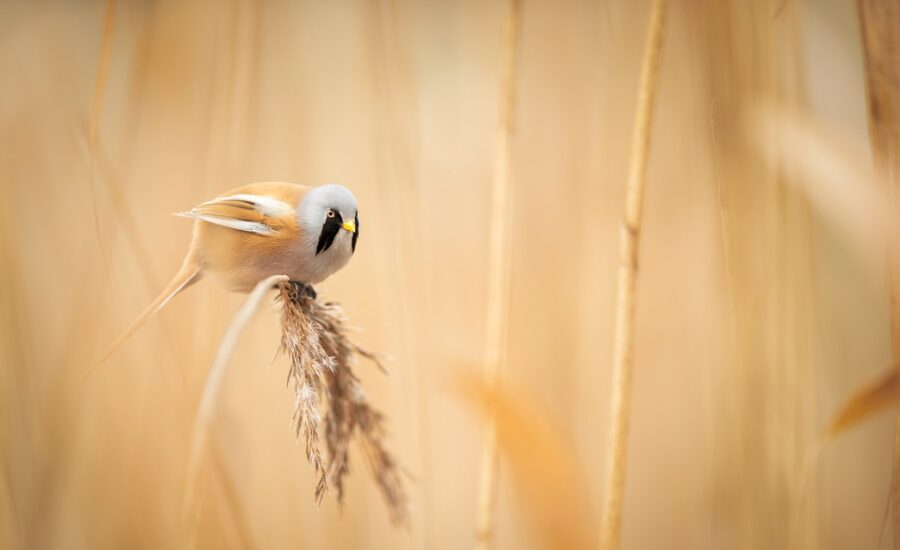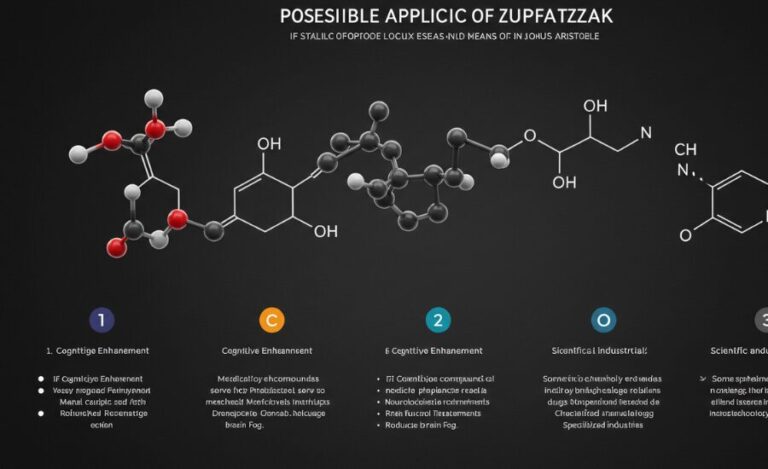Photeeq depth of field Introduction, What is, Importance of Composition & More
Introduction
Three essential components are used in photography as an artistic discipline to produce visually pleasing images: focus, lighting, and composition. Depth of field (DoF), which controls how much of a picture appears crisp and in focus, is one of the most important elements in creating visually arresting photos.
With Photeeq Depth of Field, photographers can effortlessly modify and enhance DoF with an easy-to-use interface. This sophisticated software tool, which is made for photographers of all ability levels, makes depth of field control easy to use for both novices and seasoned pros.
What is the depth of field in photography?

The range in an image that appears sharp and in focus is known as the Depth of Field (DoF). While regions outside of this range eventually blur, everything inside it retains a distinct, well-defined image. The DoF extends both in front of and behind the chosen subject and is closely correlated with the camera’s focal point.
Things close to and far from the focus point appear crisp when the depth of field is wide. A shallow depth of field, on the other hand, causes items farther away to become more blurred while only the exact focal area stays sharp. A number of variables determine how much of an impact this has, including:
Focal Length: Longer lenses typically result in a shallower depth of field, which highlights the subject and blurs the background.
Aperture Setting: A narrower aperture (higher f-number) improves sharpness over a larger range, whereas a wider aperture (lower f-number) produces a shallow DoF.
Distance to Subject: The DoF is shallower the closer the camera is to the subject; a greater distance expands the focus area.
Photographers can improve their compositions and highlight particular topics while creatively manipulating foreground and background elements by becoming proficient with depth of focus.
Importance of Composition in Photography
It is possible that you have seen pictures taken in stunning settings but yet do not grab your attention. Often, the problem is in the composition.
In photography, composition is essential because it dictates how components work together in a frame to produce an eye-catching picture. Understanding composition requires an understanding of how a camera sees the world. In contrast to the inherent ability of human eye to discern depth, a camera flattens the three-dimensional environment into a two-dimensional image. Understanding this constraint emphasizes how crucial effective composition is for establishing depth and directing the viewer’s gaze.
Although many people can pick up the technical parts of photography fast, composition is what makes a good photo great. The primary objective of composition is to make sure that the spectator understands the photograph’s subject right away.
Photography does more than just reflect reality; it produces a new reality by converting the world into lines, forms, and tones using cameras. In addition to capturing a scene, a well-composed shot gives it visual appeal and significance. A carefully considered composition guides the viewer’s eye through the picture in a purposeful and captivating manner.
Composition is a vehicle for artistic expression in addition to clarity. A photographer’s ability to frame and capture a moment in a unique way is what makes them stand out in a world where almost everyone owns a camera. Gaining a unique style through composition mastery enables photographers to create work that stands out and makes an impression.
Step-by-Step Guide: Using Photeeq for Depth of Field Control
By regulating focus and background blur, Photeeq Depth of Field is a potent tool that helps photographers improve their shots. To use Photeeq to provide depth of field (DoF) modifications of superior quality, follow these steps:
1. Install and Configure
Installing Photeeq on your device is the first step. After installation, start the program and adjust the default parameters to your liking.
2. Add Your Picture
Open Photeeq and load the picture you wish to alter. To alter focus and blur in the background, navigate to the depth of field modification tool.
3. Modify the Aperture Configuration
To change the depth of field, use the movable slider. By increasing the aperture setting, a shallow depth of field is produced, which blurs the background while maintaining fine focus on the subject. By lowering it, more of the scene becomes visible.
4. Make use of Bokeh effects
Make adjustments to the bokeh effects to improve your photograph. This function gives your photo a polished, cinematic sense by softening the background and creating an artful blur.
5. Clarify Specifics
To make your topic more clear while maintaining a smooth background, use sharpening tools. This stage guarantees that the primary emphasis stays sharp without adding extraneous sounds.
6. Export the Complete Picture
After you are happy with the changes, save your altered photo in the resolution and format of your choice to guarantee high-quality results for business use.
Photographers may easily improve depth of field, produce visually striking photographs, and attain a polished, expert appearance with Photeeq by following these instructions.
Depth of field and lens aperture size: an overview
How much of a photograph stays in fine focus depends on its depth of field. The shallow depth of field effect intensifies with increasing distance between the out-of-focus backdrop and the focused subject.
The way light moves causes this phenomena. Rays of light concentrate at various locations as they go through a lens, changing the appearance of things in the finished picture. The background becomes softer and more fuzzy as elements placed farther away from the focal plane gradually lose sharpness.
Controlling depth of field is mostly dependent on aperture settings. More light can enter when a wide aperture (low f-stop number) is used, resulting in a narrow depth of field, where the backdrop is blurred and just a tiny area of the image is crisp. On the other hand, more elements stay in focus when the aperture is tiny (high f-stop value), which restricts the amount of light.
In photography, the connection between focus range and aperture size is crucial. While a deep depth of field is helpful for shooting realistic vistas where everything appears sharp from foreground to background, a narrow depth of field aids with subject isolation and creative arrangement.
Depth of field and aperture size: technicalities
Although depth of field is greatly influenced by aperture size, the two do not simply correlate in a linear fashion.
A shallow depth of field is produced by wider apertures (low f-stop values, such as f/1.4 to f/5.6), in which the background seems blurred while the subject stays in perfect focus. In portrait photography, this technique is frequently employed to isolate the subject.
For landscape photography, smaller apertures (high f-stop values, such as f/16 to f/32) produce a deep depth of field, which keeps more items in the frame crisp and in focus.
There is a limit to this effect, though. Diffraction, in which light waves disperse and lessen overall image clarity, can result from increasing the aperture past a particular point (making it narrower, like f/32). This implies that trying to attain deeper focus beyond a certain point may worsen rather than enhance the image quality.
Knowing this balance makes it easier for photographers to select the ideal aperture settings for their artistic objectives, whether those objectives are to capture fine details across the picture or to isolate the subject with a blurred background.
Deep vs narrow depth of field
By producing a shallow depth of field, a big aperture (low f-stop, such f/1.4 to f/5.6) enables more subject isolation. This setting is perfect for portraiture and creative images since it softly blurs the background while enhancing detail in the focused region. The focus length and distance from the subject, however, determine how effective this technique is, therefore these factors should be carefully taken into account while modifying camera settings.
Conversely, a smaller aperture (high f-stop, like f/11 to f/22) while working with a narrow depth of field guarantees that more elements in the frame, even those farther away from the main subject, stay sharp. This location is frequently used for landscape photography or subjects that call for a lot of detail in the picture.
Technical settings are only one aspect of photography; an image’s aesthetic and emotional impact are equally important. A deep depth of focus can be useful for narrative or environmental compositions, but it may not necessarily be appropriate for portraits. Experimenting with different aperture settings will assist produce the desired artistic impact. Similarly, shooting with a narrow depth of field can be difficult, especially when viewed from a distance.
Facts:
- Three Key Elements of Photography – Composition, lighting, and focus are crucial for creating visually appealing images.
- Depth of Field (DoF) – The range in an image that appears sharp and in focus. It depends on factors like aperture size, focal length, and distance to the subject.
- Aperture and DoF Relationship –
- Wide aperture (low f-number, e.g., f/1.4–f/5.6) → Shallow DoF, blurred background, subject isolation (ideal for portraits).
- Narrow aperture (high f-number, e.g., f/16–f/32) → Deep DoF, sharpness throughout the image (ideal for landscapes).
- Very small apertures (e.g., f/32+) may cause diffraction, reducing overall image sharpness.
- Photeeq Depth of Field Software – A user-friendly tool that allows photographers to adjust DoF settings with ease. Steps include installing the software, importing images, modifying aperture settings, applying bokeh effects, refining details, and exporting the final image.
- Composition in Photography – The way elements are arranged within a frame affects the image’s visual impact. Cameras flatten a three-dimensional world into two-dimensional images, making composition crucial for depth and storytelling.
Summary:
This article explains the importance of depth of field (DoF) in photography, how it affects an image’s clarity, and how photographers can adjust it for artistic effects. It introduces Photeeq Depth of Field, a software tool designed to help users control DoF effortlessly. The article also covers aperture settings, their impact on focus, and how composition plays a key role in creating compelling photographs. Additionally, it discusses the differences between shallow and deep DoF and how they influence various photography styles, such as portraits and landscapes. Lastly, it highlights that while technical settings matter, the emotional and aesthetic impact of an image should not be overlooked.
FAQs:
1. What is Depth of Field (DoF) in photography?
Depth of Field refers to the range in an image that appears sharp and in focus. A shallow DoF blurs the background while focusing on a subject, while a deep DoF keeps more elements sharp.
2. How does aperture affect depth of field?
- Wider aperture (low f-number, e.g., f/1.4) → Shallow DoF, blurred background.
- Smaller aperture (high f-number, e.g., f/16) → Deep DoF, more elements in focus.
3. What is Photeeq Depth of Field, and how does it help photographers?
Photeeq Depth of Field is a software tool that allows photographers to adjust DoF settings easily, offering features like aperture modification, bokeh effects, sharpening tools, and export options.
4. When should I use a shallow depth of field?
A shallow DoF is ideal for portraits, macro photography, and creative compositions where subject isolation is needed.
5. When should I use a deep depth of field?
A deep DoF is useful for landscapes, architecture, and scenes requiring sharpness throughout the image.
6. Does focal length impact depth of field?
Yes, longer focal lengths (e.g., 85mm, 200mm) create a shallower DoF, while shorter focal lengths (e.g., 18mm, 35mm) produce a deeper DoF.
7. What is diffraction, and how does it affect image quality?
Diffraction occurs when using very small apertures (e.g., f/32+), causing light waves to scatter and reducing overall sharpness.
8. How does composition affect photography?
Composition arranges elements within a frame to create a visually engaging and well-balanced photograph. It helps guide the viewer’s eye and adds depth to images.
9. Can I change depth of field in post-processing?
Yes, tools like Photeeq Depth of Field and other editing software allow adjustments to DoF by modifying blur and sharpness effects.
10. Why is depth of field important in storytelling?
DoF helps direct focus, create mood, and emphasize subjects, making it an essential tool for storytelling in photography.
Read More information About Blog At royalbucks.net






